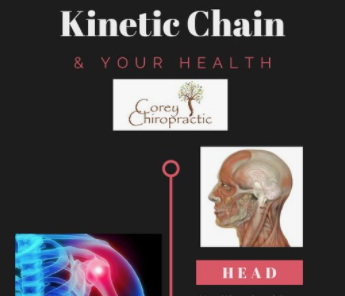
Last time we discussed the water fountain, how it resembles the kinetic chain, and the effects it has on our bodies. Today we’ll look at how to ensure that our feet & ankles are functioning properly.
So how do we ensure that our feet/ankles are functioning properly? One of the best things we can do is to allow our feet to move in a more natural way and practice a broader range of motion than most shoes allow. Actual foot strength is a significant factor as well. A study done by researchers at Brigham Young and Harvard Medical School compared the effectiveness of two different foot strengthening protocols: One that involved specific foot strengthening exercises (heel raises and curling a towel with your toes), and one that involved walking in minimalist athletic shoes—those with zero heel-to-toe drop and a flexible, 3 millimetre out-sole. “After eight weeks, the researchers found that runners/walkers in the foot-strengthening exercise group and the minimalist shoe walking group experienced similar increases in foot muscle size and strength over the control group.” One of the main take-aways from this study was that something as simple as walking around barefoot or in shoes that more closely resemble bare feet will allow our feet to move more naturally, improve foot/ankle strength, and ultimately result in less injury.
Bare feet and minimalist shoes are also more conducive to “grounding” and all its associated benefits. Grounding is a therapeutic technique that involves doing activities that “ground” or electrically reconnect you to the earth. According to Healthline.com, this practice relies on both earthing science and grounding physics to explain how electrical charges from the Earth can have positive effects on the body. Some of the most impressive benefits of grounding include reduced inflammation, lowered risk of cardiovascular disease, less muscle damage, reduction in chronic pain, improved quality of sleep and elevated mood.
I think it’s also fair to mention that arch supports for foot health are grossly overrated. For decades, people have bought into the idea that increased arch support in their shoes improve their overall foot health and reduce the risk of conditions such as plantar fasciitis. We’ve been told that people with flat feet should get motion control shoes, people with high arches should look for more balance or cushion, and people with normal arches but moderate pronation should go for stability shoes. While arch supports are not entirely evil and can have some positive effects in certain situations, studies have repeatedly shown that the cons to arch supports drastically outnumber the pros. Some of the most note-worthy things to consider are as follows:
- Some running shoes or inserts can disturb the spring-like function in the feet. As a result, you will end up wasting more energy
- You are least likely to overpronate when you are running/walking barefoot or in minimalist shoes
- You will hit the ground with more force when wearing a padded shoe. Padded shoes result in a 12% higher impact on knees
- No improvements were seen in the posture, strength, stability, or discomfort people experienced after using shoe inserts in a trial
- Prescribing elevated cushioned heels or pronation control shoes according to your arch type is not evidence based
- Short foot exercises and using minimalist shoes were more effective for flat footed students than using arch support insoles
In summary, we need to pay more attention to how our feet and ankles move, monitor how much foot strength we actually have and put more emphasis on the benefits of walking barefoot or in minimalist shoes. These three simple things will have a huge impact on our overall health, both physical and mental. Let us allow our feet and ankles to move more naturally and stop buying into the idea of arch supports as they tend to create more problems than they solve.
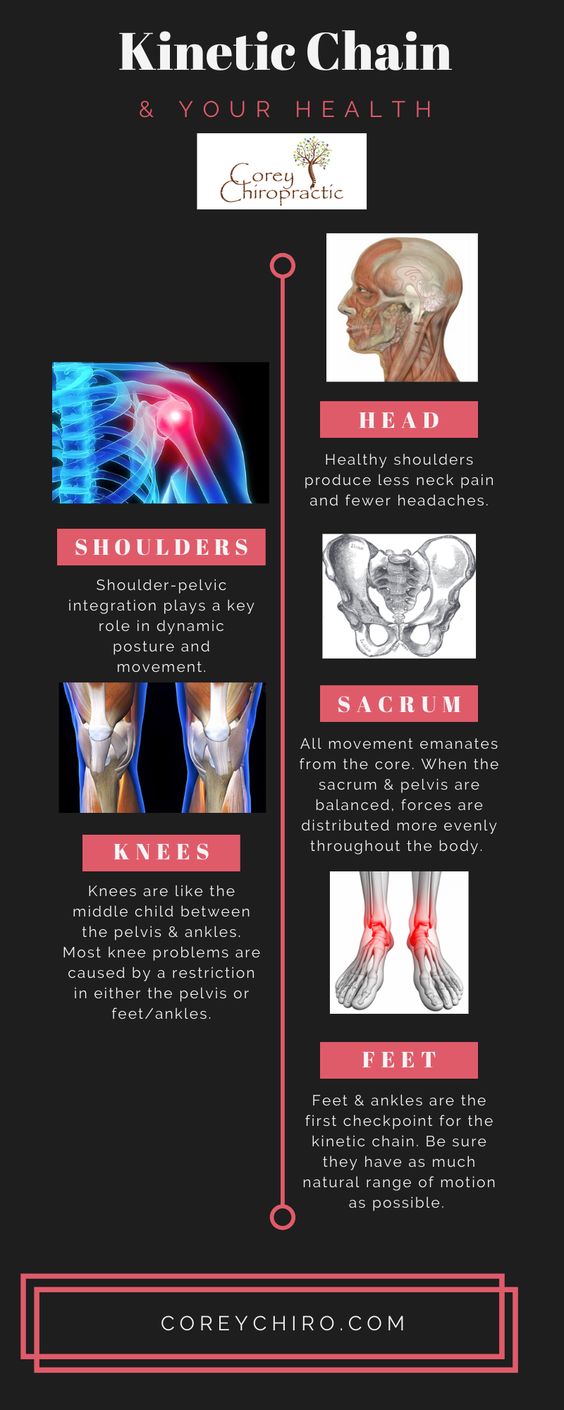
References:
-Merriam/Webster dictionary
-RunnersWorld.com (Minimalist Shoes for Running/Walking)
-RunRepeat.com (Arch Support Study)
-Healthline.com (Benefits of Grounding)

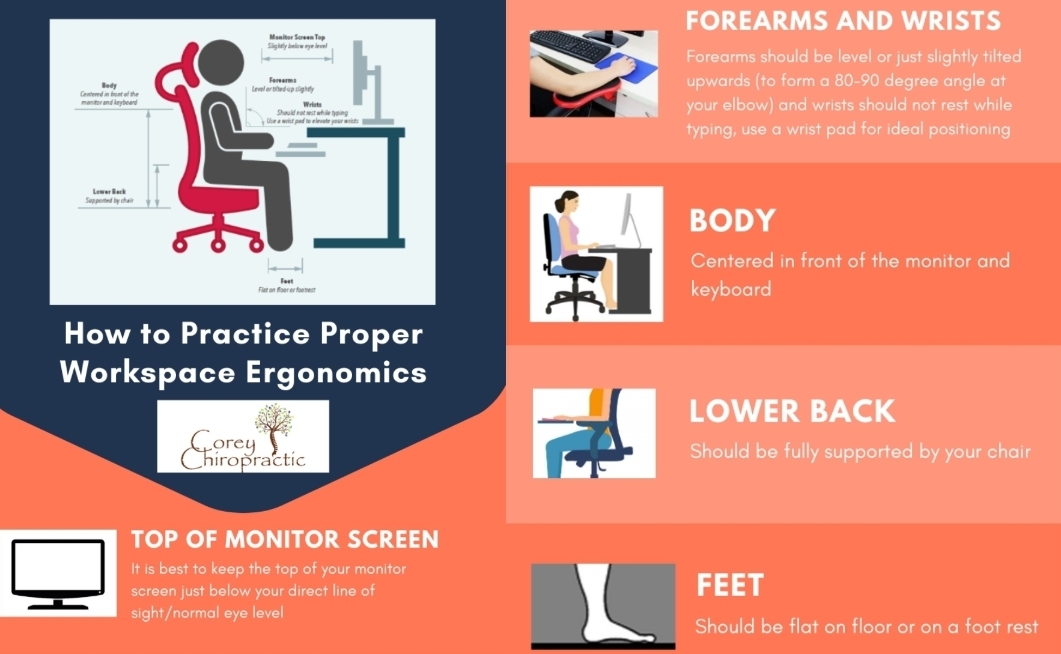
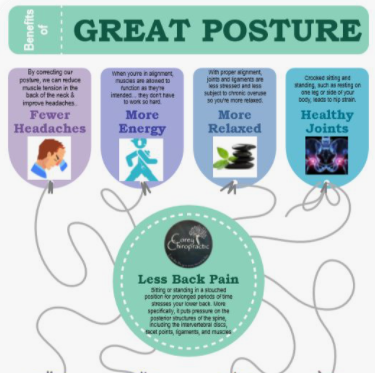
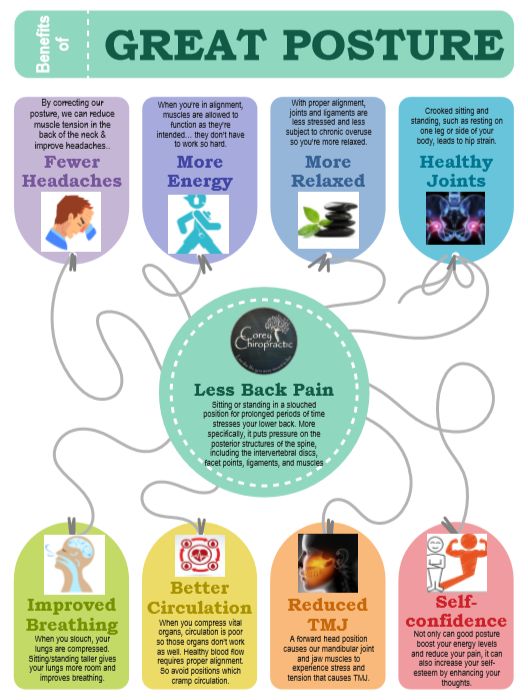


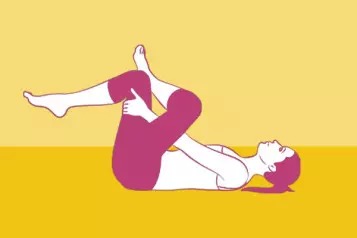 1. Piriformis Stretch
1. Piriformis Stretch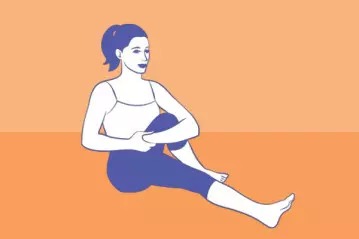 2. Seated Hip Stretch
2. Seated Hip Stretch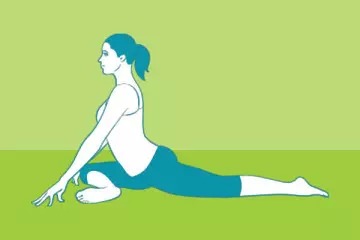 3. Pigeon Pose
3. Pigeon Pose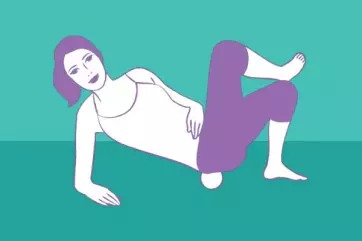 4. Self-Trigger Point Therapy
4. Self-Trigger Point Therapy


